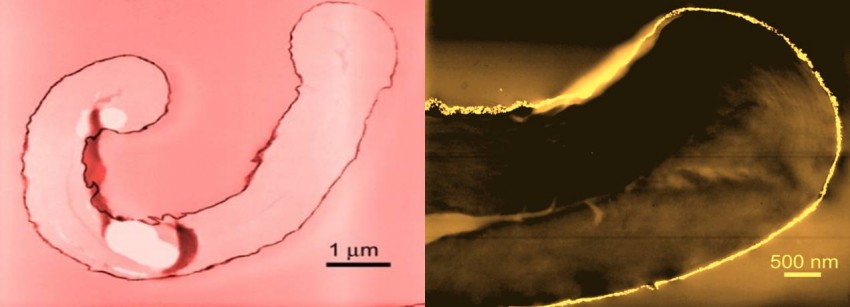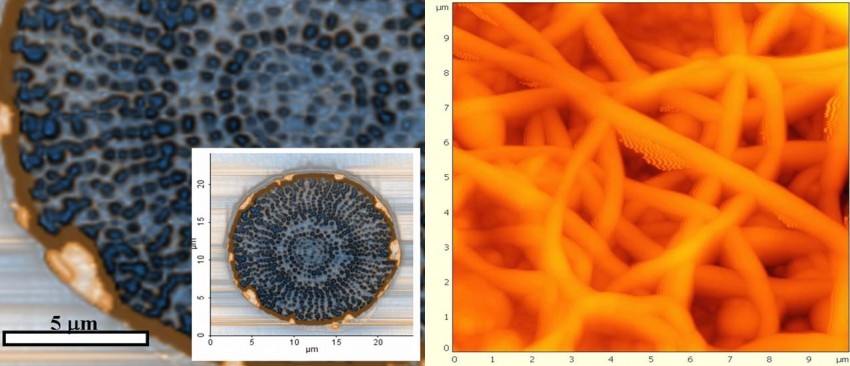Free Lecture on Fashionable NanoTech with Cornell’s Nanotextile Lab 2/17
Assistant Professor of Fashionable Technology Dr. Sabine Seymour invites Professor Juan Hinestroza from Cornell’s Nanotextile Lab to speak on the topic: Can nanotechnology be fashionable: Merging Fiber Science and apparel Design. The lecture is part of the class The Emerging Convergence of Mobile and Wearable Computing.
February 17 @1PM
Juan P. Hinestroza is a tenured Associate Professor of Fiber Science and directs The Textiles Nanotechnology Laboratory at the College of Human Ecology of Cornell University in Ithaca, NY. Professor Hinestroza obtained a Ph.D. from the Department of Chemical and Biomolecular Engineering at Tulane University and B.Sc. in Chemical Engineering from Universidad Industrial de Santander. Prior to pursuing doctoral studies, Professor Hinestroza worked as a process control engineer for The Dow Chemical Company.
Professor Hinestroza works on understanding fundamental phenomena at the nanoscale that are of relevance to Fiber and Polymer Science. Hinestroza has received over 5.3 MM USD in research funding (Federal and State agencies as well as Industrial Consortiums) for his pioneering work in exploring new pathways for creating multifunctional fibers via manipulation of nanoscale phenomena.
Professor Hinestroza, a US Fulbright Scholar, has been the recipient of a myriad of awards including the National Science Foundation CAREER Award, theJ.D. Watson Young Investigator Award from NYSTAR and the Educator of the Year Award from the Society of Professional Hispanic Engineers. Professor Hinestroza has delivered invited lectures worldwide at Universities and Research Centers in Italy, Korea, China, Japan, Taiwan, Mexico, Spain, Brazil, The Netherlands, Colombia, Argentina, Hungary, Czech Republic, Vietnam, Switzerland, Finland, Austria, France, Singapore, Thailand, Chile, Turkey and Germany. In addition, Professor Hinestroza has received visiting scientist fellowships from The Chubu Foundation for Science and Technology of Japan, The National Council for Scientific and Technological Development in Brazil and The Swiss National Science Foundation.
Professor Hinestroza’s scientific work has been featured inNature Nanotechnology, MRS Bulletin, Materials Today, C&E News, National Geographic, ASEE Prism as well as mainstream media outlets such as CNN, Wired, TechReview, The Guardian, Popular Science, ABC News, NYTimes, Reuters, PBS, NPR and BBC. In addition to his scientific endeavors, Professor Hinestroza and his research group are actively involved in community outreach activities aimed at increasing the number of members from underrepresented minority groups in Science, Technology, Engineering and Mathematics as well as engaging senior citizens in collaborative and inter-generational learning experiences.



